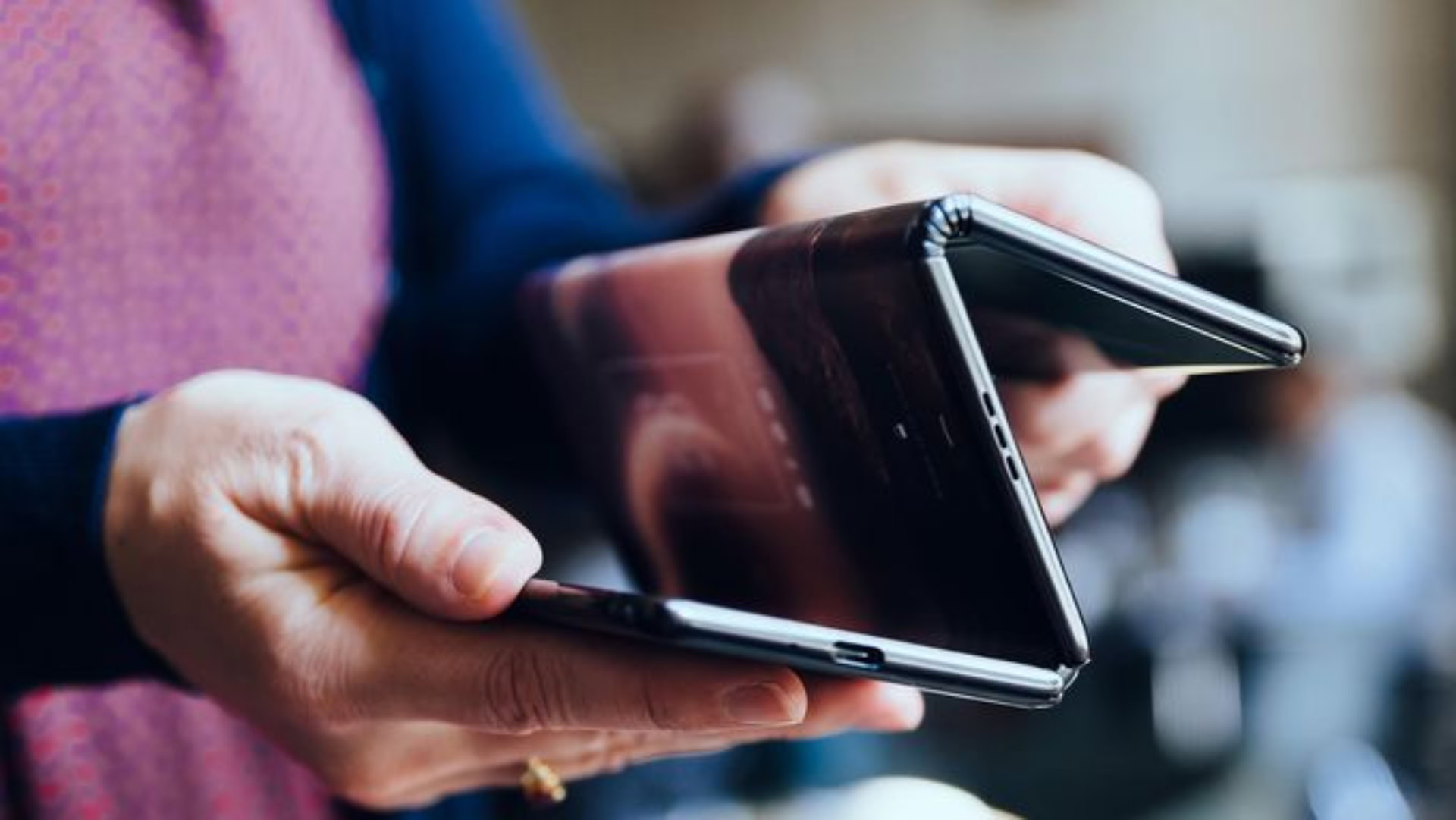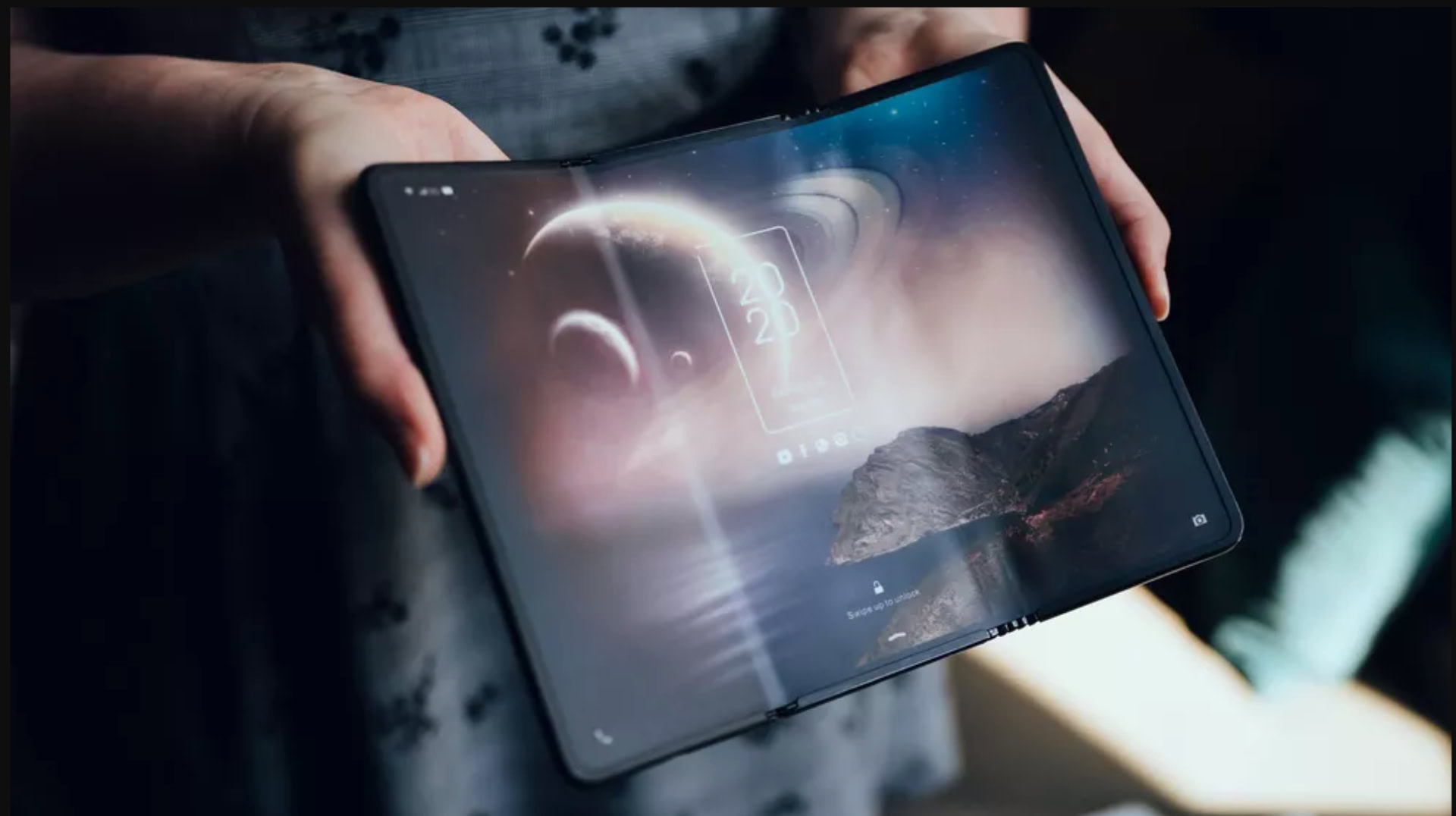Affiliate links on Android Authority may earn us a commission. Learn more.
TCL’s new zigzag foldable smartphone prototype can turn into a 10-inch tablet

The TCL Plex recently kicked off what the company claims will be an entire new portfolio of smartphones. We also saw some pretty interesting TCL foldable phone concepts at this year’s MWC and IFA trade shows. Now, the company is taking a brand-new foldable prototype out for a spin.
TCL showed off its new foldable smartphone prototype to folks over at CNET and it looks like a pretty smart implementation of the form factor.
The device uses a double-hinge design to the phone in a zigzag pattern. Essentially, the device needs to be folded over twice to change into a phone-like form factor.
In this case, the outermost part of the display becomes the primary screen. Unlike the Galaxy Fold’s dual-screen design, TCL’s new prototype uses a single display that opens up to become a 10-inch tablet.

TCL’s design reminds us of a foldable iPhone concept created by luxury case maker Caviar. The Russian case maker had imagined a similar, if not the same, dual-hinge design for the iPhone. Check out the concept video below.
While the TCL foldable smartphone prototype didn’t have a working display or a name, CNET was able to confirm a few specs. The publication reports that the device will get four rear cameras, a single front-facing camera, a USB-C port and no headphone jack.
TCL’s smartphone play
TCL’s Head of Global Communication and Strategy, Jason Gerdon, told Android Authority in an earlier interview that “the time was right” to deliver TCL-branded smartphones. The firm’s foldable phone is presumably part of this strategy.

TCL’s foldable phone concepts, like the one in this article, are created by TCL Display. They are not nearly close to market-ready foldable phones, although Gerdon had told us in September that the company will be “sharing additional device news for expanded markets — including the U.S. and U.K. — at CES and MWC in 2020.”
Foldable phones have a lot to prove right now. We’ll just have to wait and see how manufacturers address issues of high prices and questionable build quality before these devices become more mainstream.